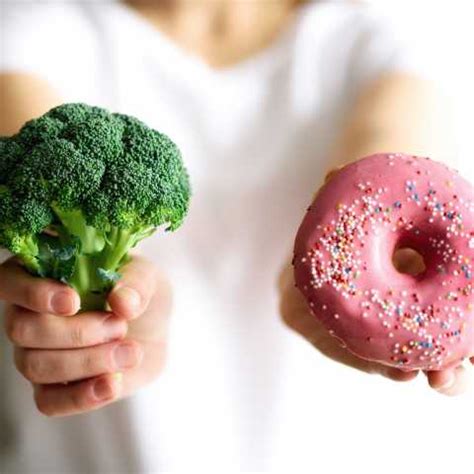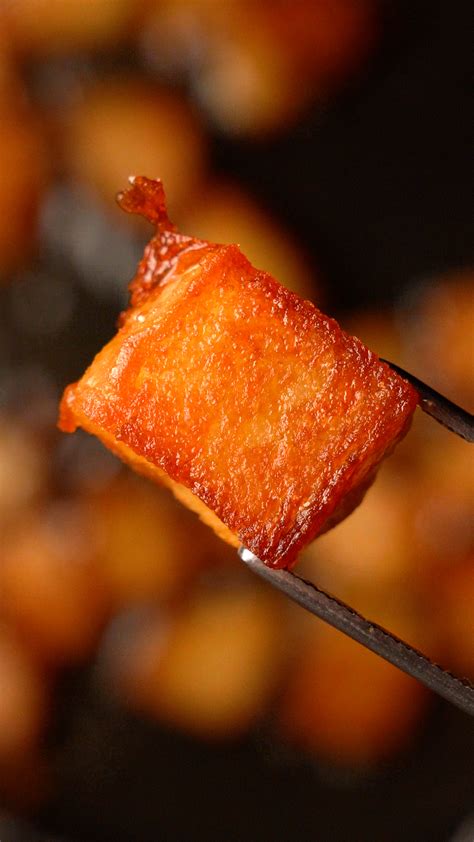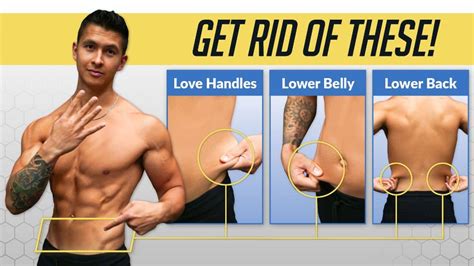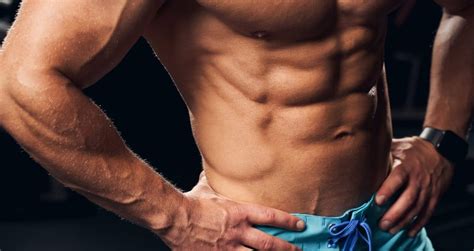Unlocking Your Ideal Physique: A Dual Approach
For many men, the quest for a powerful physique often comes with a common hurdle: stubborn belly fat. It’s an area that seems resistant to even the most dedicated efforts. The good news is that it’s entirely possible to torch that unwanted visceral fat while simultaneously sculpting lean, functional muscle. It’s not about endless crunches or hours on the treadmill; it’s about a strategic, integrated approach that optimizes your body’s fat-burning and muscle-building capabilities.

Why Stubborn Belly Fat Persists
Before diving into the solution, it’s helpful to understand why belly fat, particularly visceral fat (the fat stored deep around your organs), can be so persistent. Factors like genetics, hormones (especially cortisol), insulin sensitivity, and chronic stress all play a role. Spot reduction—the idea that you can lose fat from a specific area by exercising it directly—is a myth. Fat loss is systemic, meaning your body draws energy from fat stores across your entire body. Therefore, the most effective strategy targets overall fat reduction while simultaneously stimulating muscle growth.
The Core Workout Pillars for Men
To achieve both significant fat loss and substantial muscle gain, your workout routine needs to be comprehensive and challenging. Here are the key components:
1. Compound Strength Training: Your Foundation
This is arguably the most critical element. Compound exercises involve multiple joints and muscle groups working together. They are incredibly effective because they recruit a large amount of muscle mass, leading to a higher calorie burn during and after your workout (the ‘afterburn effect’ or EPOC) and a strong anabolic stimulus for muscle growth.
- Key Lifts: Squats (barbell, goblet), Deadlifts (conventional, sumo, RDLs), Bench Press (flat, incline), Overhead Press, Rows (barbell, dumbbell, cable), Pull-ups/Lat Pulldowns.
- Frequency: Aim for 3-4 full-body or upper/lower split sessions per week.
- Rep Range: Focus on a mix of strength (3-6 reps) and hypertrophy (8-12 reps) to maximize both power and muscle size.

2. High-Intensity Interval Training (HIIT): The Fat Torch
HIIT involves short bursts of intense anaerobic exercise followed by brief recovery periods. This type of training is highly effective for fat loss because it significantly elevates your heart rate, boosts your metabolism for hours post-workout, and improves insulin sensitivity. It’s time-efficient and can be done with various modalities.
- Examples: Sprint intervals (on a track, treadmill, or bike), battle ropes, burpees, kettlebell swings, jump squats, box jumps.
- Frequency: 2-3 sessions per week on non-strength training days, or after strength training if time permits. Keep sessions to 20-30 minutes, including warm-up and cool-down.

3. Strategic Cardio: When and Why
While HIIT is prioritized for fat loss, steady-state cardio still has a place, especially for cardiovascular health and recovery. However, it shouldn’t be your primary fat-loss tool if muscle building is also a goal, as excessive steady-state cardio can interfere with muscle growth.
- Recommendation: 1-2 sessions of moderate-intensity cardio (e.g., brisk walking, jogging, cycling) per week, lasting 30-45 minutes. Ideally, perform this on rest days or separate from intense strength workouts.
4. Targeted Core Work: For Strength, Not Spot Reduction
Direct core exercises won’t burn belly fat, but they are crucial for strengthening your abdominal muscles, improving stability, preventing injury, and contributing to a well-defined midsection once the fat is shed. Focus on exercises that engage your entire core.
- Examples: Planks (and variations), Pallof presses, L-sits, hanging leg raises, cable crunches.
- Frequency: 2-3 times per week, at the end of your strength workouts.
Nutrition: The Non-Negotiable Partner
No matter how perfect your workout routine, you cannot out-train a poor diet. Nutrition is paramount for both fat loss and muscle gain. To lose belly fat, you need to be in a consistent caloric deficit, meaning you consume fewer calories than you burn. To build muscle, you need adequate protein.
- Caloric Deficit: Aim for a moderate deficit (250-500 calories below maintenance) to ensure fat loss without sacrificing too much muscle.
- Protein Intake: Consume 1.6-2.2 grams of protein per kilogram of body weight to support muscle repair and growth.
- Whole Foods: Prioritize lean proteins, complex carbohydrates, healthy fats, and plenty of fruits and vegetables. Minimize processed foods, sugary drinks, and excessive saturated fats.

Consistency, Progressive Overload, and Recovery
Achieving your goals requires more than just a good plan; it demands consistent execution, progressive overload, and adequate rest.
- Consistency: Stick to your workout and nutrition plan week after week. Results don’t happen overnight.
- Progressive Overload: To keep building muscle and getting stronger, you must continually challenge your body. This means gradually increasing weight, reps, sets, or decreasing rest times over time.
- Recovery: Your muscles grow and your body recovers when you rest. Aim for 7-9 hours of quality sleep per night. Incorporate active recovery (light walks) and stretching.

Putting It All Together: A Sample Weekly Routine
Here’s a basic template you can adapt:
- Monday: Full-Body Strength A (e.g., Squats, Bench Press, Rows)
- Tuesday: HIIT Session (e.g., Sprints, Burpees)
- Wednesday: Active Recovery / Moderate Cardio / Rest
- Thursday: Full-Body Strength B (e.g., Deadlifts, Overhead Press, Pull-ups)
- Friday: HIIT Session (e.g., Kettlebell Circuit)
- Saturday: Active Recovery / Moderate Cardio / Rest
- Sunday: Rest
Conclusion
Losing stubborn belly fat and building lean muscle is a challenging but highly achievable goal for men. It requires a strategic combination of compound strength training to build muscle and boost metabolism, high-intensity interval training to incinerate fat, and a disciplined nutritional approach to fuel your body and create a caloric deficit. Remember that consistency, progressive overload, and prioritizing recovery are just as crucial as the workouts themselves. Embrace this holistic approach, and you’ll not only transform your physique but also significantly improve your overall health and well-being.




